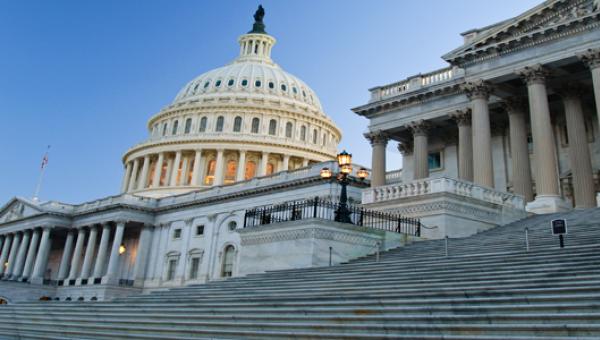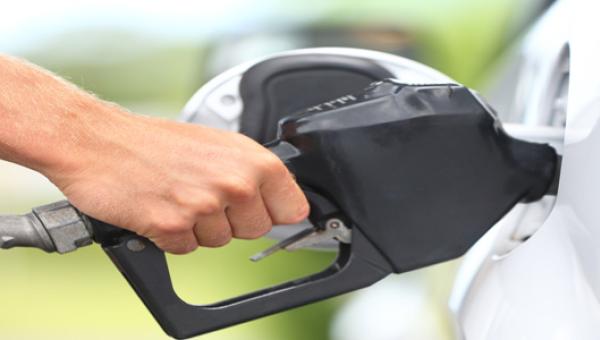

Question 28: The Clean Air Act required refineries to develop and implement a Leak Detection and Repair (LDAR) program to control fugitive emissions. What is the current status of this implementation and who is responsible for it in a typical refinery management structure: production, maintenance or EHS?
Greg Harbison (Marathon Petroleum)
Background/Regulatory Requirements:
Since the inception of the Clean Air Act of 1955 and multiple amendments through 1990, Leak Detection and Repair or LDAR regulations have been a part of air pollution control. Today’s LDAR programs are governed by Federal and State regulations and agreed orders (consent decrees) that provide the control of fugitive emission leaks from process equipment by requiring equipment inspections and leaking equipment repair. As such, the specific requirements can vary company to company or even between refineries operating in different states within the same company. Marathon complies with these regulations.
Equipment Inspections
Components that are LDAR applicable can vary by type and inspection or monitoring frequency. Generally, LDAR components consist of valves, pumps and compressors that are monitored on a quarterly basis. Monitoring requirements can be more stringent for units built or modified post November 2006 and can apply to flanges, connectors, fittings, hatches, and agitators (to name a
few). Process stream speciation determines the applicable regulatory requirements for streams. The typical streams requiring the most rigorous application of LDAR regulations include:
1. gas/vapor streams that are typically > 10% ethane and heavier,
2. light liquid streams are typically heavy naphtha or kerosene depending on specific stream properties, and
3. process streams containing greater than 5% hazardous air pollutants (benzene, methanol, toluene, etc.)
These monitoring requirements can be more or less frequent and have different leak definitions based on different applicable regulations. A leak definition is the threshold in parts per million that a component must reach to be considered leaking. LDAR monitoring is outlined in EPA Method 21, which states that a toxic vapor analyzer (TVA) must be used to assess total volatile organic compound (VOC) leaks from LDAR components. As LDAR regulations become stricter, the leak definitions are increasingly being lowered. With every change in regulation, the LDAR program becomes more challenging to manage since most facilities are required to stay below a facility wide leak percentage for leaking equipment (typically 2%). Thus, a rigorous and well-structured leak repair and maintenance portion of the LDAR program is vital to minimize emissions and maintain compliance.
Program Oversight
A practical LDAR program encompasses multiple people spread across many different job functions. Overall, it is our experience that a successful LDAR program can be successfully managed if several critical items are in place. These include dedicated personnel, a robust software database, good overall management system, well defined roles and responsibilities, and a comprehensive auditing system. At our refineries, it is typically the responsibility of the facility Environmental LDAR Coordinator (HES Professional) to manage and oversee all aspects of the LDAR program. We also use a contract company to conduct the emissions monitoring, and another contract company to make the initial leak repairs on valves (typically injection of a sealant into the valve packing area). Other LDAR applicable components such as motor operated valves (MOV’s), control valves, pumps and compressors are repaired when leaking by qualified individuals within the facility Maintenance Department. The requirements for completing the repairs are often sensitive to equipment and process functionality.
The LDAR Coordinator should have daily communication with the LDAR Monitoring Contractor to go over every open leak Work Order. This information is reviewed and an updated list of all leaks within the facility is given to the Contractor and facility Maintenance Department every day.
Overall, the regulations are complex and can generate an overwhelming amount of information based on the size of the facility and how many leaks are found above the leak definition. A large refinery could have upwards of 70,000 LDAR components governed by state and federal regulations as well as additional requirements from agreed orders. It is imperative to have a functional LDAR database that manages this information. The database should be capable of scheduling all monitoring and repair dates based on applicable regulations for the facility. The progress of the monitoring schedule needs to be easily accessible for all parties involved.




